Investigators Suggest Cultural Indifference to Checklist Use a Factor in TAROM ATR42 Runway Excursion (YR-ATB, Moldova)
On 4 June 2017 TAROM ATR 42-500 YR-ATB suffered a runway excursion on landing at Chisinau airport, Moldova. The authorities of the Republic of Moldova delegated the investigation to the Romanian Civil Aviation Safety Investigation and Analysis Authority (AIAS).
AIAS explain in their safety investigation report (issued on 30 September 2020) that the approach was to be performed by the First Officer, as the Pilot Flying (PF), however the Aircraft Commander was required by SOPs to take control at 70 knots for braking and steering the aircraft.
During the ILS approach to runway 08 the aircraft was configured with flaps 35º, was stabilized, maintaining an indicated speed between 114 – 120 kt.
To counteract the lateral wind influence [13-22 knots], the crew operated the control column and the rudder to keep the aircraft stabilized on the localizer (runway heading), respectively the aileron input into the wind to cancel the wind influence and the rudder to the left to control yaw and to keep the aircraft on the runway axis.
…at 15:11:47 the aircraft touched down the runway on both main landing gears. [However], the aircraft did not maintain the runaway centreline, and made a runway excursion on the right side.
After a roll of about 90 m on the grass, the crew managed to put the aircraft on the concrete surface of the runway by using the aircraft’s control surfaces (rudder and ailerons) and applying a differentiated thrust of the engines (left engine in Ground Idle and right engine in Flight Idle).
When the aircraft re-entered on the concrete surface of the runway, it hit the concrete base of a beacon located on the runway edge with the main landing gear’s wheels.
The aircraft made a sharp turn to the left, crossed the runway and exited on the opposite side…
…stopping with the landing gear on the grassy surface on the edge of the runway.
The occupants were uninjured. The landing gear, wheels, brakes and tyres had to be replaced.
AIAS Safety Investigation / Analysis
The investigators created a reconstruction video:
They concluded that after touch down the rudder inputs were too extreme…
…ranging from maximum left to maximum right. Within 15 seconds the rudder was actuated to maximum values three times in a row (left 4 s – right 3 s – left 8 s). The rudder pedal controls are initially used to keep the aircraft on the runway axis and any deviation must be corrected by smoothly amplitude inputs.
Overcorrections can cause oscillations of the aircraft’s ground trajectory, which can lead to loss of control during roll. [Furthermore]…the crew did not use the steering system or the aircraft’s braking system, which contributed to the partial loss of aircraft control during rolling.
By analyzing the conversations between the pilots recorded by CVR, the investigation commission concluded that there was a moment of uncertainty, immediately after the aircraft touched down the runway, related to whom had the aircraft control (the First Officer to the pilot in command “Yours, yes?”, [the pilot in command responsed “What?”]).
They also observer that:
In practice, First Officers, even when they are PFs, do not operate the aircraft’s brakes after touchdown, the braking being done exclusively by the pilot in command. This practice is probably also used due to the fact that the ATR-42 aircraft rarely uses the braking system, immediately after touchdown, reducing the speed to the value of the runway clearance speed being ensured by the available runway length and the power levers retraction from Flight idle to Ground idle.
The AIAS also found that during the approach the flight crew did not perform the Descent Checklist.
Checklists are standard operating procedures provided in the operator’s Operations Manual, which provide actions to be followed before, during and after the critical phases of the flight (take-off, landing), as well as in emergency situations.
The investigators concluded that:
The moment of uncertainty related to whom had the aircraft control was generated by the fact that the crew did not perform the Descent Checklist and did not establish the time and manner of taking the aircraft command by the pilot in command.
Significantly they also observed that:
From the investigations of serious incidents involving other ATR aircraft of the same operator, it was found that the fact of performing superficial checklists or no checklists at all, during certain flight stages, has become a fairly common practice among crews, a practice caused by routine.
The AIAS do not reference specific past investigations, but recent investigations include:
- YR-ATH 11 August 2012: runway excursion due to an “error in piloting technique, due to misinterpretation of…weather conditions”
- YR-ATI 13 October 2016: take off abandoned after nose wheel vibration having lined up on runway edge lights
- YR-ATF 9 July 2019: lack of advance to sterile cockpit procedure, incorrect use of the emergency/parking brake handle and poor Crew Resource Management (CRM), with 12 safety recommendations
In other words they suggest a cultural issue. The investigators considered the ATR Flight Crew Operating Manual (FCOM) guidance on crosswind landings to be adequate.
AIAS Conclusions
The probable cause of this serious incident is the inadequate operation of the control column and rudder pedal after the aircraft touchdown, which led to the partial loss of aircraft control during rolling and to the impossibility of maintaining it within the runway rolling surface limits.
Contributing factors were the:
- Failure to perform the Descent Check during the approach flight
- Failure to correct heading deviation smoothly, using the rudder above 70 kt and progressively the steering (hydraulic nose wheels control system on ground) below 70 kt
- Failure to operate the aircraft braking system.
Safety Recommendations
Two recommendations were directed to TAROM;
- To perform a thorough review of flight crew training programs, including recurrent training and Crew Resource Management (CRM), to ensure that pilots of [the] ATR detachment perform and comply with checklists.
- To elaborate and implement systematic measures to ensure that all ATR crews comply with standard operating procedures (SOPs).
Safety Resources
- Execuflight Hawker 700 N237WR Akron Accident: Casual Compliance
- Gulfstream G-IV Take Off Accident & Human Factors
- Business Aviation Compliance With Pre Take-off Flight Control Checks
- Unalaska Saab 2000 Fatal Runway Excursion: PenAir N686PA 17 Oct 2019
- CRJ900 Skids Sideways Down Finnish Runway
- Runway Excursion Exposes Safety Management Issues
- Fatal Falcon 50 Accident: Unairworthy with Unqualified Crew
- Twin Otter Nose Wheel Steering Misused in Runway Excursion
- ATR72 In-Flight Pitch Disconnect and Structural Failure
- ANSV Highlight Procedures & HF After ATR72 Landing Accident
- Safety Lessons from TransAsia ATR-72 Flight GE222 CFIT
- Fuel System Maintenance Error: Tuniter ATR72 TS-LBB Ditching 6 August 2005
- Southwest Unstabilised Approach Accident
- Fatal US G-IV Runway Excursion Accident in France – Lessons
- Challenger Damaged in Wind Shear Heavy Landing and Runway Excursion
- Global 6000 Crosswind Landing Accident – UK AAIB Report
- Dash 8 Runway Excursion after Unstable Crosswind Approach – Danish AIB Report
- Unstable Approach Dash 8 Touches Down 450ft Before Threshold
- Unstabilised CL-600 Approach Accident at Aspen
- ATR72 Survives Water Impact During Unstabilised Approach
- Visual Illusions, a Non Standard Approach and Cockpit Gradient: Business Jet Accident at Aarhus
- G200 Leaves Runway in Abuja Due to “Improper” Handling
- Aborted Take Off with Brakes Partially On Results in Runway Excursion
- Cockpit Tensions and an Automated CFIT Accident
- ATR72 Cognitive Bias Leads to Control Problems
- Survival Flight Fatal Accident: Air Ambulance Operator’s Poor Safety Culture
- Culture and CFIT in Côte d’Ivoire
- RCAF Production Pressures Compromised Culture
- Investigation into F-22A Take Off Accident Highlights a Cultural Issue
- ‘Procedural Drift’: Lynx CFIT in Afghanistan
- All Aboard CFIT: Alaskan Sightseeing Fatal Flight and Safety Culture
- Investigators Criticise Cargo Carrier’s Culture & FAA Regulation After Fatal Somatogravic LOC-I
- Culture + Non Compliance + Mechanical Failures = DC3 Accident
- ‘Competitive Behaviour’ and a Fire-Fighting Aircraft Stall
- Procedural Drift at Saab 340 Operator Leads to Taxiway Excursion
- How a Cultural Norm Lead to a Fatal C208B Icing Accident
- Gust Lock Gaff: King Air A90 Runway Excursion
- S2000 Runway Excursion at the Start of the Take Off Roll
- UPDATE 9 December 2020: A Saab 2000 Descended 900 ft Too Low on Approach to Billund
- UPDATE 4 April 2021: Fatal 2019 DC-3 Turbo Prop Accident, Positioning for FAA Flight Test: Power Loss Plus Failure to Feather
- UPDATE 4 August 2022: DC3-TP67 CFIT: Result-Oriented Subculture & SMS Shelfware
You may also be interested in these Aerossurance articles:
- How To Develop Your Organisation’s Safety Culture positive advice on the value of safety leadership and an aviation example of safety leadership development.
- How To Destroy Your Organisation’s Safety Culture a cautionary tale of how poor leadership and communications can undermine safety.
- Safety Intelligence & Safety Wisdom
- HROs and Safety Mindfulness
- Consultants & Culture: The Good, the Bad and the Ugly

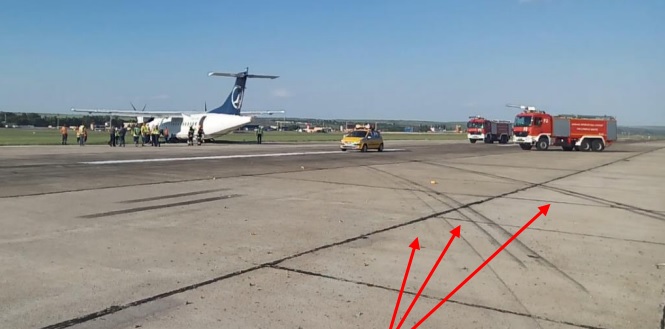
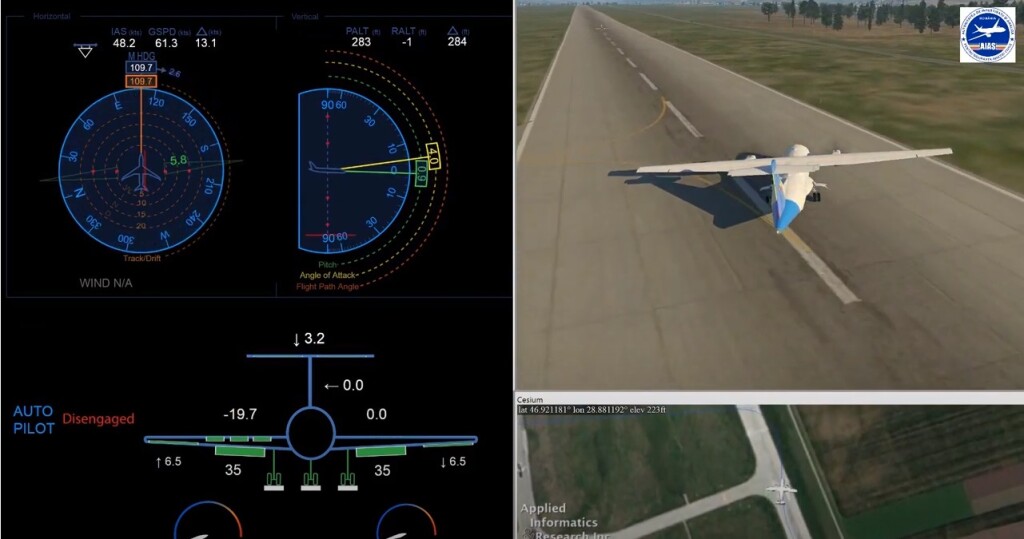
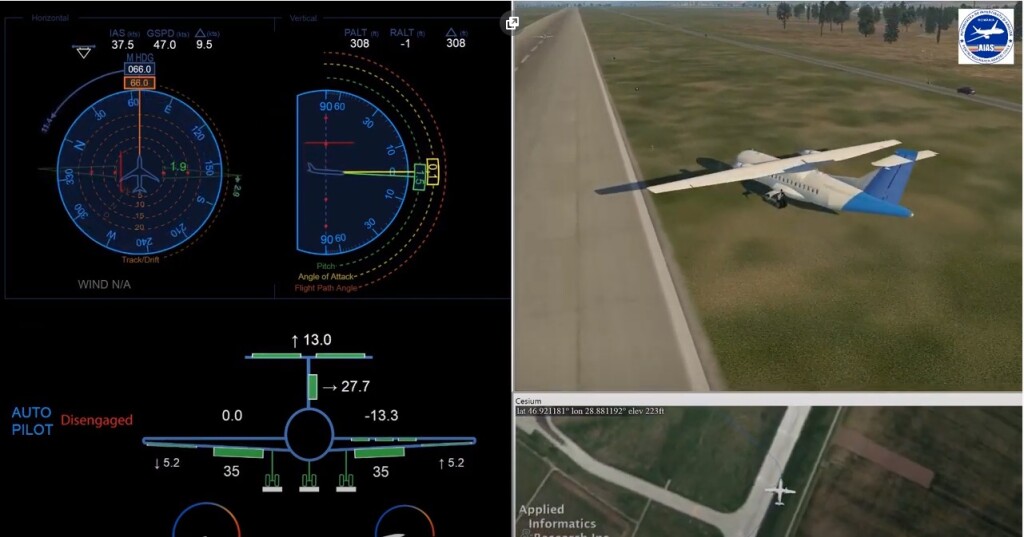

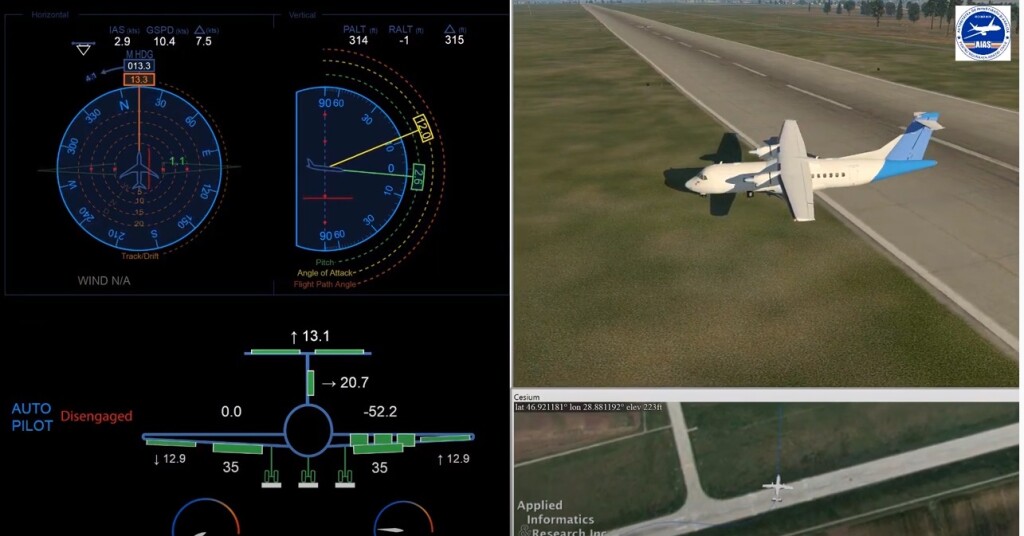
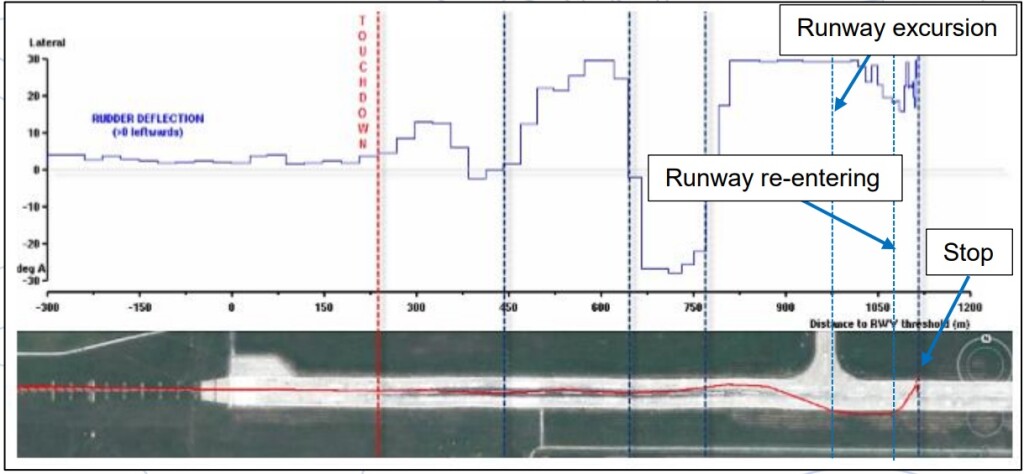
Recent Comments